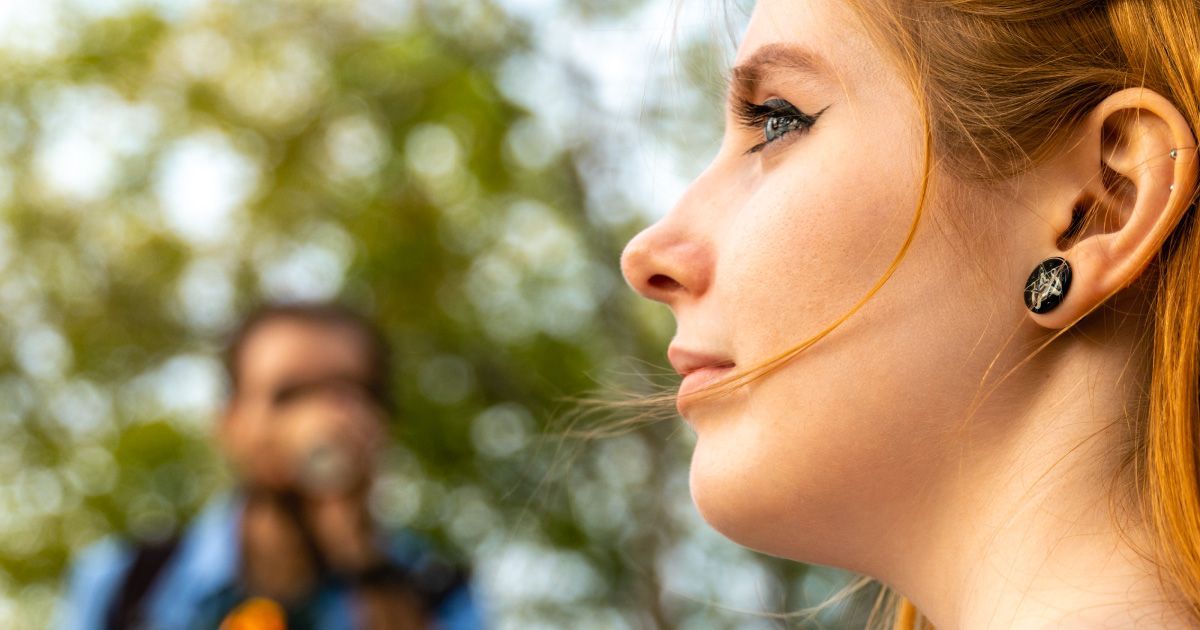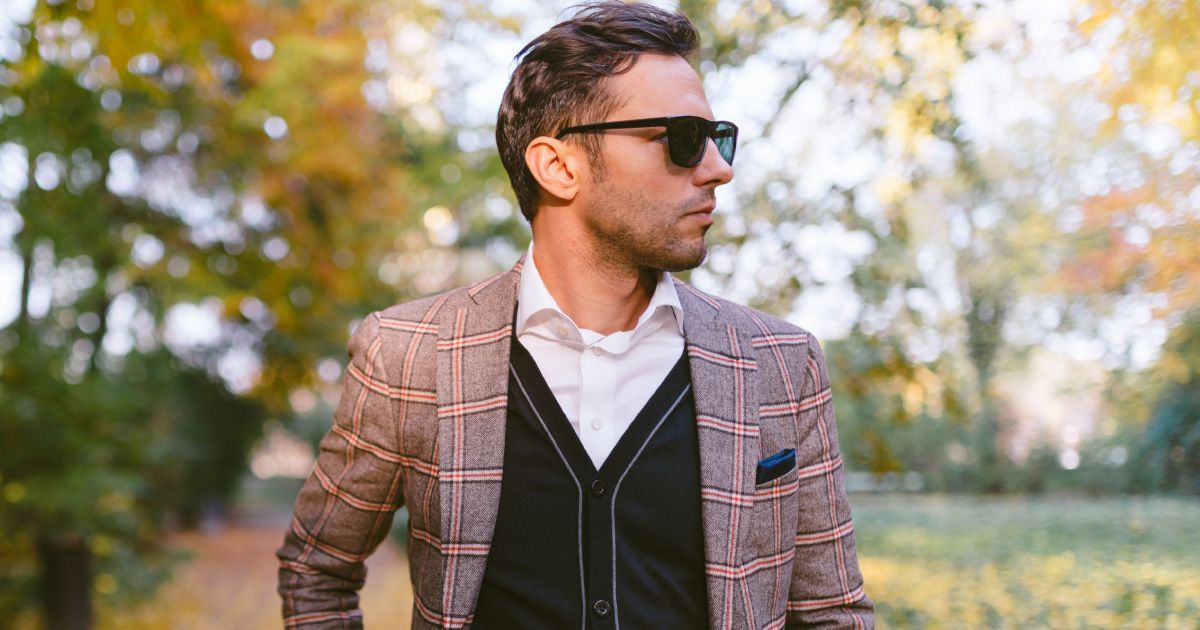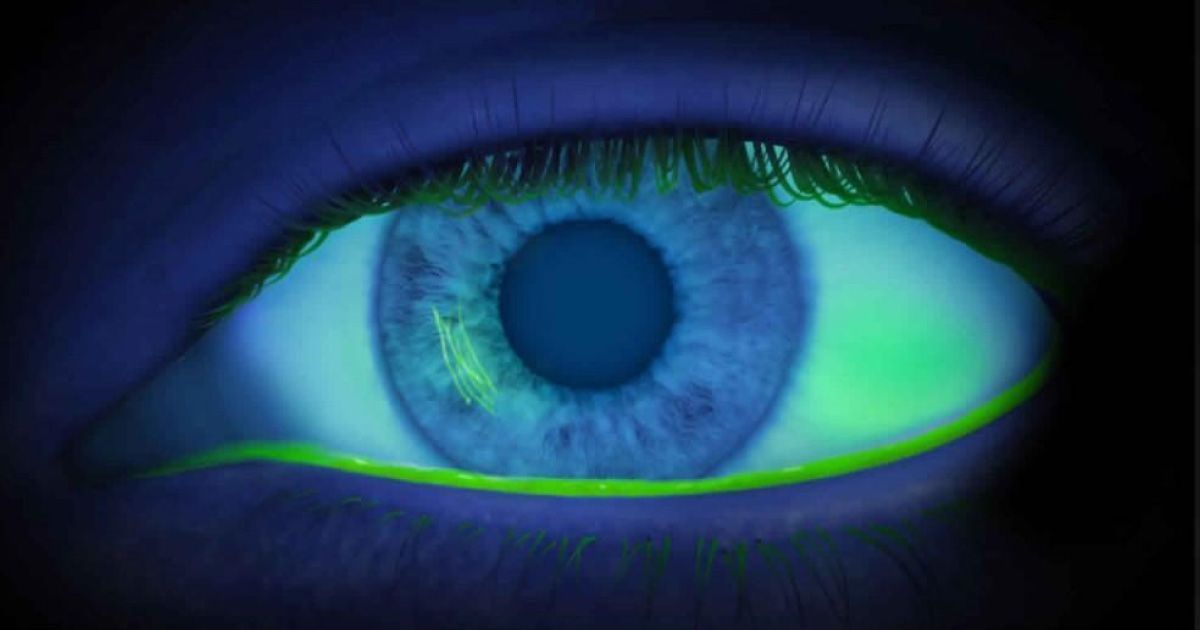Eyewear in the Military: Function Meets Fashion

Read time: 4 minutes
Eyewear in the military isn't just about looking good—it's a crucial part of a soldier's gear. Military personnel face extreme conditions and need their eyes protected at all times. Whether dealing with bright sunlight, harsh winds, or flying debris, having the right eyewear can make a big difference.
Not only does military eyewear offer protection, but it also enhances vision for different tasks. Soldiers often switch between environments, from bright deserts to dim forests. Specialized lenses help them see clearly in any setting, making their jobs easier and safer.
In recent years, military eyewear has also influenced fashion trends. The blend of function and style appeals to many people, both in and out of uniform. This article will explore how military eyewear combines toughness and style, and how you can choose the right pair for yourself.
Understanding the key features and benefits of military eyewear can help you pick frames that are both durable and fashionable. Stay tuned to learn more about these amazing glasses and how they can fit into your daily life.
The Necessity of Eyewear in the Military
Protecting Eyes in Extreme Conditions
Military environments are harsh and unpredictable. Soldiers face dust, debris, and extreme weather conditions. High-quality eyewear provides essential protection. Without it, their vision could become impaired, affecting their ability to perform tasks. Protective eyewear prevents eye injuries from flying particles and harmful UV rays, keeping their vision sharp and their eyes safe.
Enhancing Vision for Different Tasks
Military personnel move through various settings, from bright deserts to dark forests. Military eyewear is designed to adapt to these changes. Specialized lenses improve vision in different lights. Polarized lenses reduce glare, while tinted lenses enhance contrast. This helps soldiers see clearly in any situation, improving their performance and safety. Enhanced vision is crucial for tasks like shooting, driving, and navigating unfamiliar terrain.
Features of Military Eyewear
Durability and Materials Used
Military eyewear is built to last. Frames and lenses are made from tough materials like polycarbonate and TR-90. These materials resist breaking and scratching, even in rough conditions. The durability ensures that the eyewear can handle daily wear and tear. Frames are often flexible, bending under pressure rather than snapping. This keeps the eyewear intact during intense activities.
Specialized Coatings and Lenses
Military eyewear often includes specialized coatings. Anti-fog coatings keep lenses clear in humid conditions. Anti-scratch coatings protect against damage from debris. UV protection is a standard feature, shielding eyes from the sun's harmful rays. Some lenses are photochromic, darkening in bright light and clearing up indoors. These features enhance the functionality and safety of military eyewear, making it ideal for extreme conditions and versatile use.
The Blend of Function and Fashion
Military eyewear isn't just about function; it’s also about style. Aviator sunglasses, originally designed for pilots, are a classic choice. They offer large lenses for better coverage and a sleek look. Wrap-around styles are also popular, providing full protection while maintaining a sporty appearance. Tactical goggles are another trend, offering superior eye protection in a modern design. These styles are not only functional but also fashionable, making them a hit both in and out of the military.
How These Styles Influence Civilian Eyewear Trends
The influence of military eyewear on civilian fashion is clear. Many people prefer these robust and stylish frames for everyday wear. Brands often mimic military styles in their collections, bringing durability and rugged looks to the public. This has created a trend where functional eyewear meets fashion, appealing to those who want reliable and stylish options. The popularity of military-inspired eyewear shows how practical design can also be fashionable, setting trends across the eyewear industry.
Choosing the Right Military-Inspired Eyewear
When choosing military-inspired eyewear, consider a few key points. Look for frames made of durable materials like polycarbonate or titanium. These materials can withstand daily wear and tear. Check for features like anti-scratch and anti-fog coatings to keep lenses clear and long-lasting. Comfort is also important; look for adjustable nose pads and flexible frames to ensure a good fit. Opt for styles that suit your face shape and personal preferences, ensuring that you get both function and fashion.
Finding high-quality military-inspired eyewear is easier than you think. Many optometry shops and eyewear brands offer collections inspired by military designs. Look for reputable stores that specialize in durable and stylish frames.
The Takeaway
Military eyewear perfectly blends function and fashion, offering protection and style in one package. These glasses are essential for protecting eyes in harsh conditions and enhancing vision for specific tasks. With durable materials and specialized coatings, they are built to last.
The popularity of military eyewear styles has influenced civilian trends, making rugged and fashionable frames a favorite among many. Choosing the right pair involves looking for durable materials and comfort features.
At Urban Optiks Optometry, an optical shop in San Diego, we offer a range of eyewear that combines toughness and trendiness. Explore our collection and find the perfect pair that fits your needs and style. Enhance your vision and stay fashionable - visit us today at Urban Optiks Optometry!
Share this blog post on social or with a friend:
The information provided in this article is intended for general knowledge and educational purposes only and should not be construed as medical advice. It is strongly recommended to consult with an eye care professional for personalized recommendations and guidance regarding your individual needs and eye health concerns.
All of Urban Optiks Optometry's blog posts and articles contain information carefully curated from openly sourced materials available in the public domain. We strive to ensure the accuracy and relevance of the information provided. For a comprehensive understanding of our practices and to read our full disclosure statement, please click here.


















